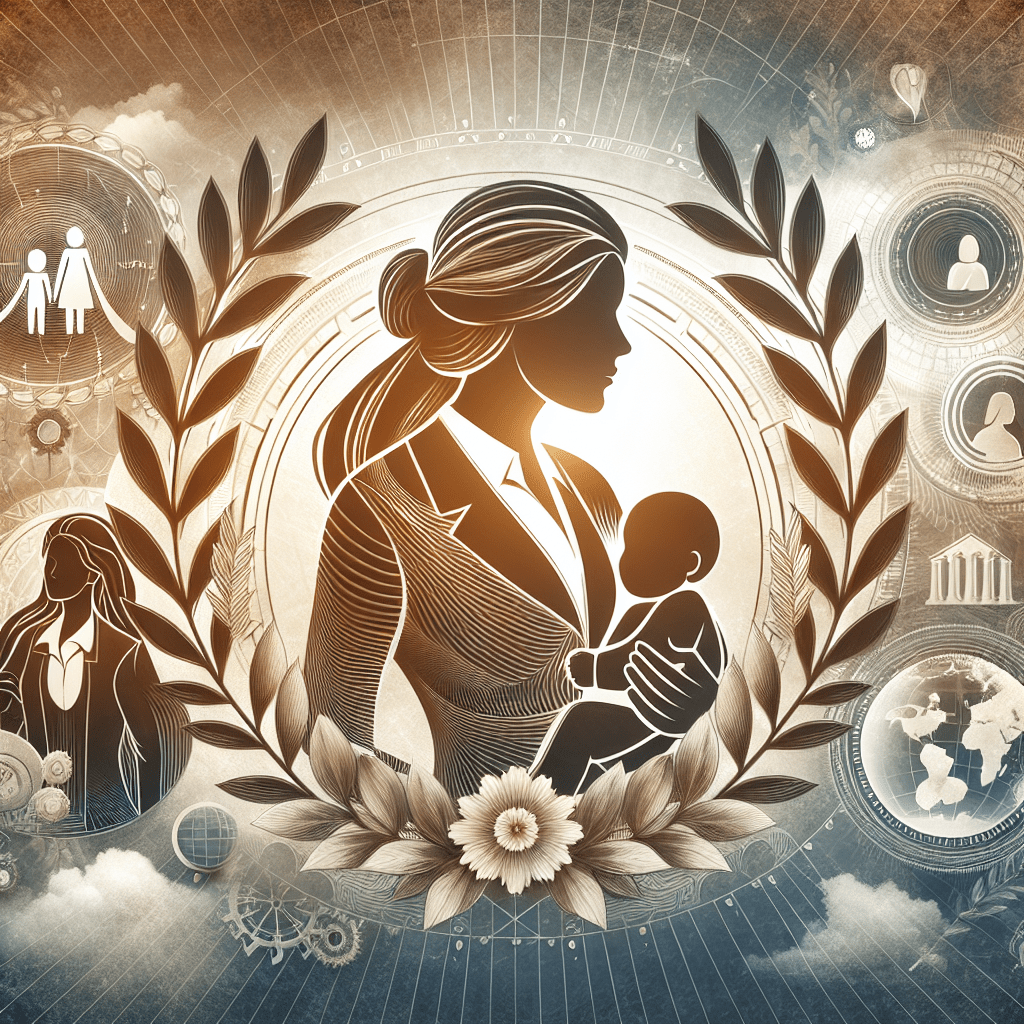-
Table of Contents
What is the Definition of a Woman Now?
Introduction:
Gender identity and the definition of womanhood have evolved significantly over the years. Traditional notions of what it means to be a woman have been challenged, leading to a broader understanding and acceptance of diverse gender identities. In this article, we will explore the definition of a woman in today’s society, taking into account cultural, social, and legal perspectives. We will delve into the complexities of gender identity, the impact of feminism, and the importance of inclusivity. Through examples, case studies, and statistics, we will provide valuable insights into the ever-evolving definition of a woman.
The Evolution of Gender Identity:
1. Historical Perspectives:
- Throughout history, the definition of a woman has been closely tied to biological sex. Women were often expected to conform to societal expectations of femininity, which included roles such as motherhood, caregiving, and domesticity.
- However, as societies progressed, women began challenging these traditional roles and advocating for equal rights and opportunities.
2. The Impact of Feminism:
- The feminist movement has played a crucial role in redefining the definition of a woman. Feminism seeks to dismantle gender stereotypes and fight for gender equality.
- Intersectional feminism recognizes that the experiences of women vary based on factors such as race, class, and sexuality. This understanding has broadened the definition of womanhood to be more inclusive and intersectional.
3. Gender Identity and Self-Identification:
- Gender identity refers to an individual’s deeply felt sense of being male, female, or something else. It may or may not align with the sex assigned at birth.
- Transgender women are individuals who were assigned male at birth but identify and live as women. Their experiences challenge the notion that womanhood is solely determined by biological sex.
- Non-binary individuals do not identify exclusively as male or female. They may identify as both, neither, or a combination of genders. Their existence challenges the binary understanding of gender.
The Legal Perspective:
1. Legal Recognition of Gender Identity:
- Many countries have recognized the importance of legal recognition for transgender individuals. They have implemented policies that allow individuals to change their legal gender marker to align with their gender identity.
- Legal recognition of gender identity is a significant step towards affirming the rights and identities of transgender women.
2. Challenges and Controversies:
- Legal recognition of gender identity has faced opposition from those who believe that gender should be solely determined by biological sex.
- Some argue that allowing individuals to self-identify their gender undermines the experiences and struggles of cisgender women.
Cultural and Social Perspectives:
1. Cultural Diversity:
- Cultural perspectives on womanhood vary greatly across different societies and communities.
- For example, in some indigenous cultures, the definition of womanhood may be tied to specific rituals or roles within the community.
2. Intersectionality and Inclusivity:
- Intersectionality recognizes that individuals hold multiple identities and that these identities intersect to shape their experiences.
- An inclusive definition of womanhood acknowledges and respects the diverse experiences of women, including those of different races, ethnicities, religions, and sexual orientations.
Case Studies and Examples:
1. The Case of Caster Semenya:
- Caster Semenya, a South African middle-distance runner, faced controversy and scrutiny over her gender identity.
- Despite being legally recognized as a woman, she was subjected to invasive gender testing and faced challenges to her eligibility to compete in women’s sports.
2. The Role of Media Representation:
- The media plays a significant role in shaping societal perceptions of gender and womanhood.
- Positive and diverse representations of women in the media can challenge stereotypes and promote inclusivity.
Conclusion:
The definition of a woman has evolved significantly over time, reflecting the progress made in understanding gender identity and promoting inclusivity. The traditional understanding of womanhood as solely tied to biological sex has been challenged by the recognition of diverse gender identities. The feminist movement has played a crucial role in advocating for gender equality and broadening the definition of womanhood. Legal recognition of gender identity has affirmed the rights of transgender individuals, although it has faced opposition and controversy. Cultural and social perspectives on womanhood vary across different societies, highlighting the importance of intersectionality and inclusivity. By embracing a more inclusive definition of womanhood, we can create a society that respects and celebrates the diverse experiences of all women.


